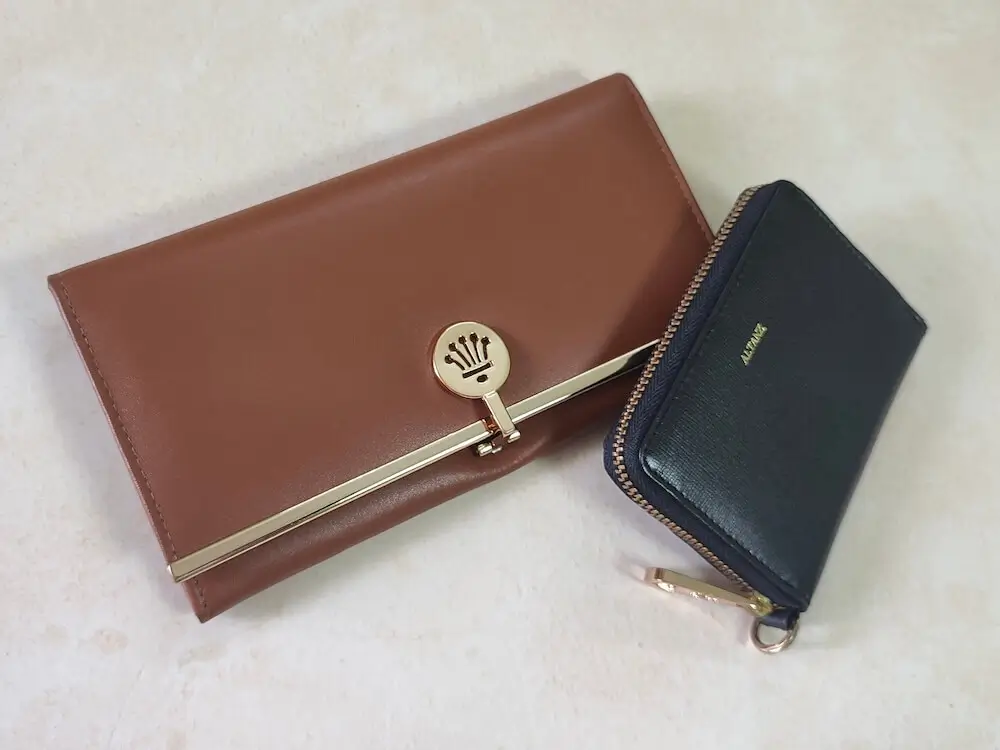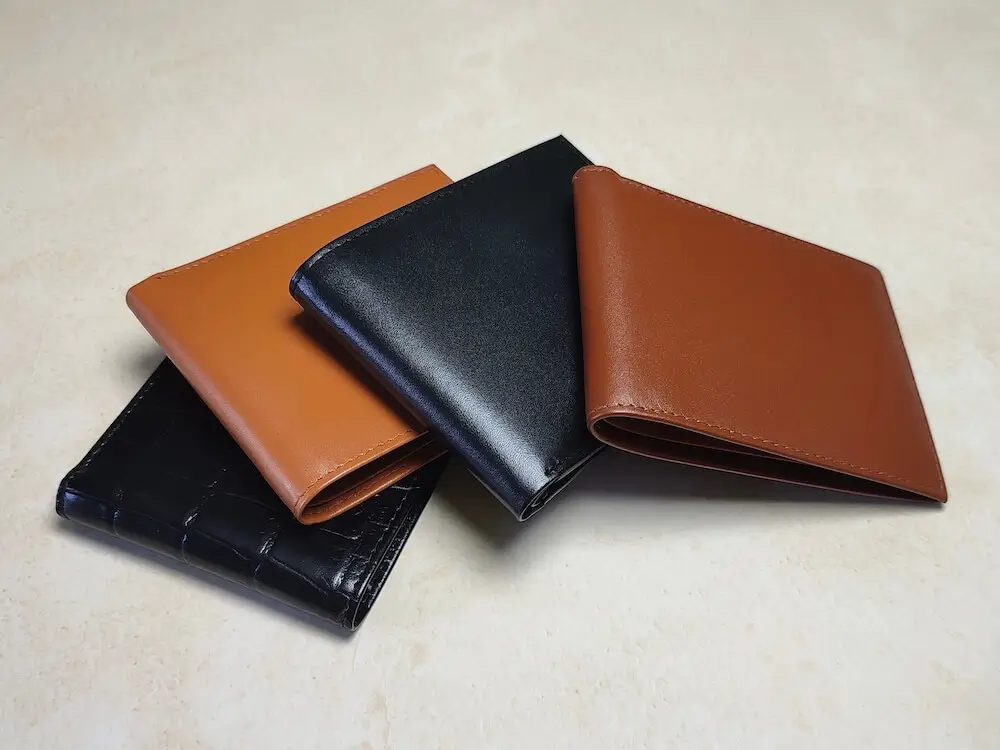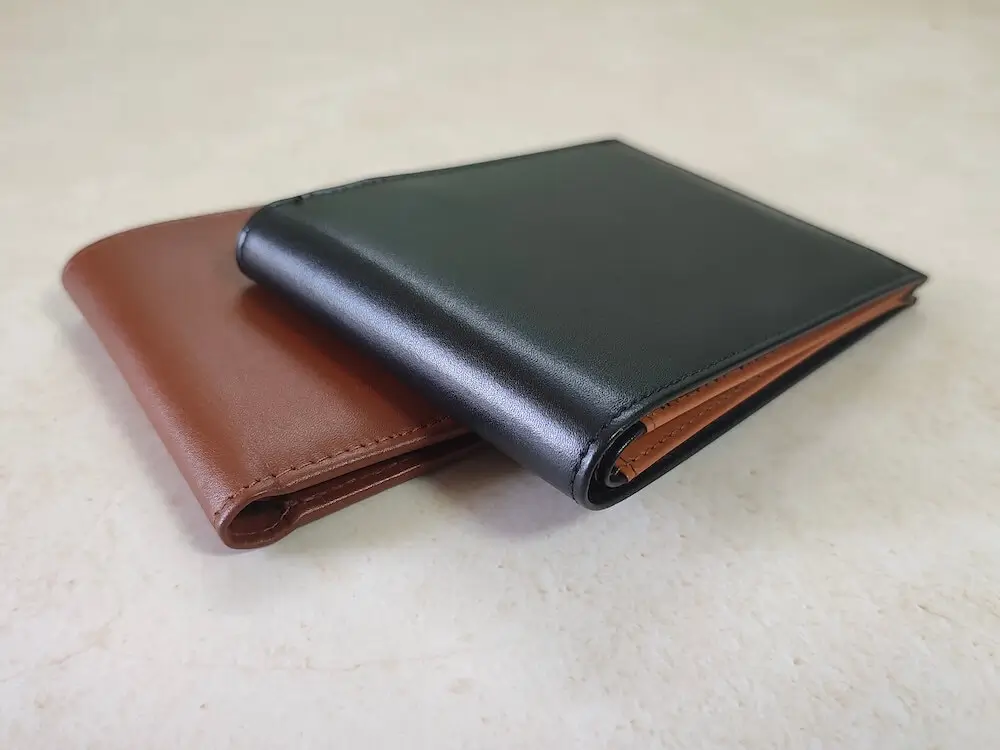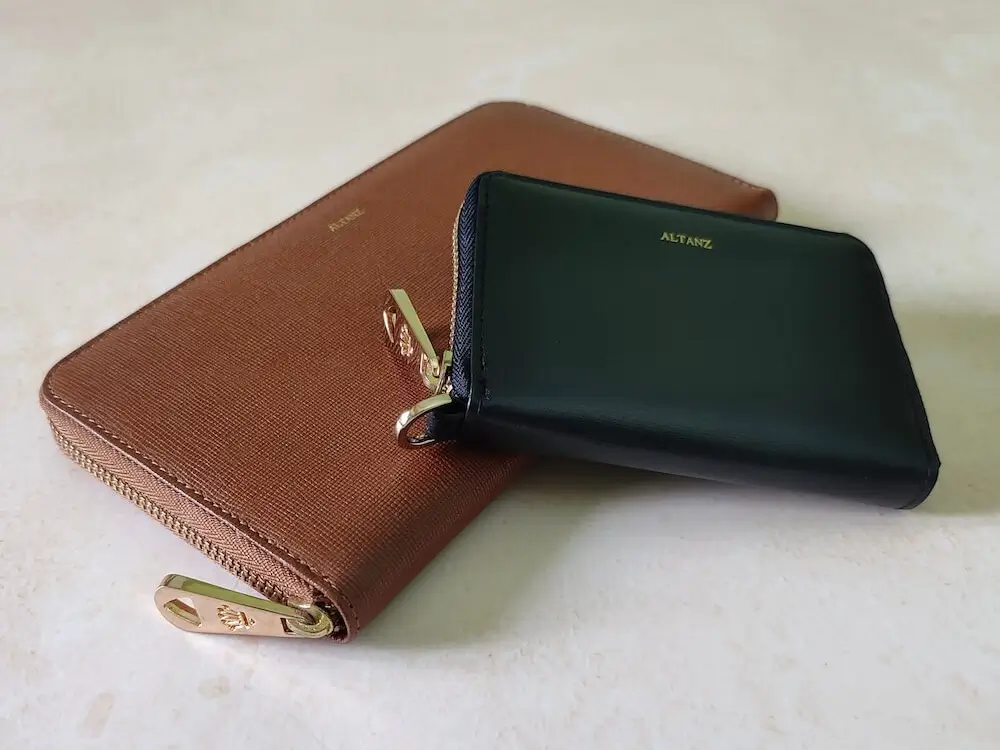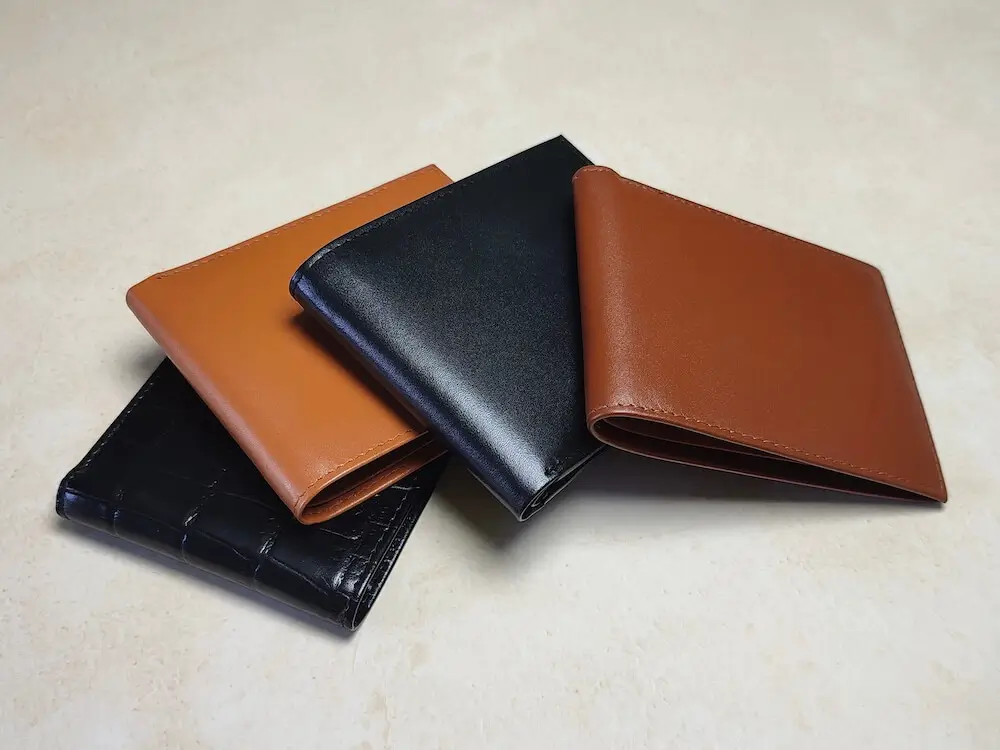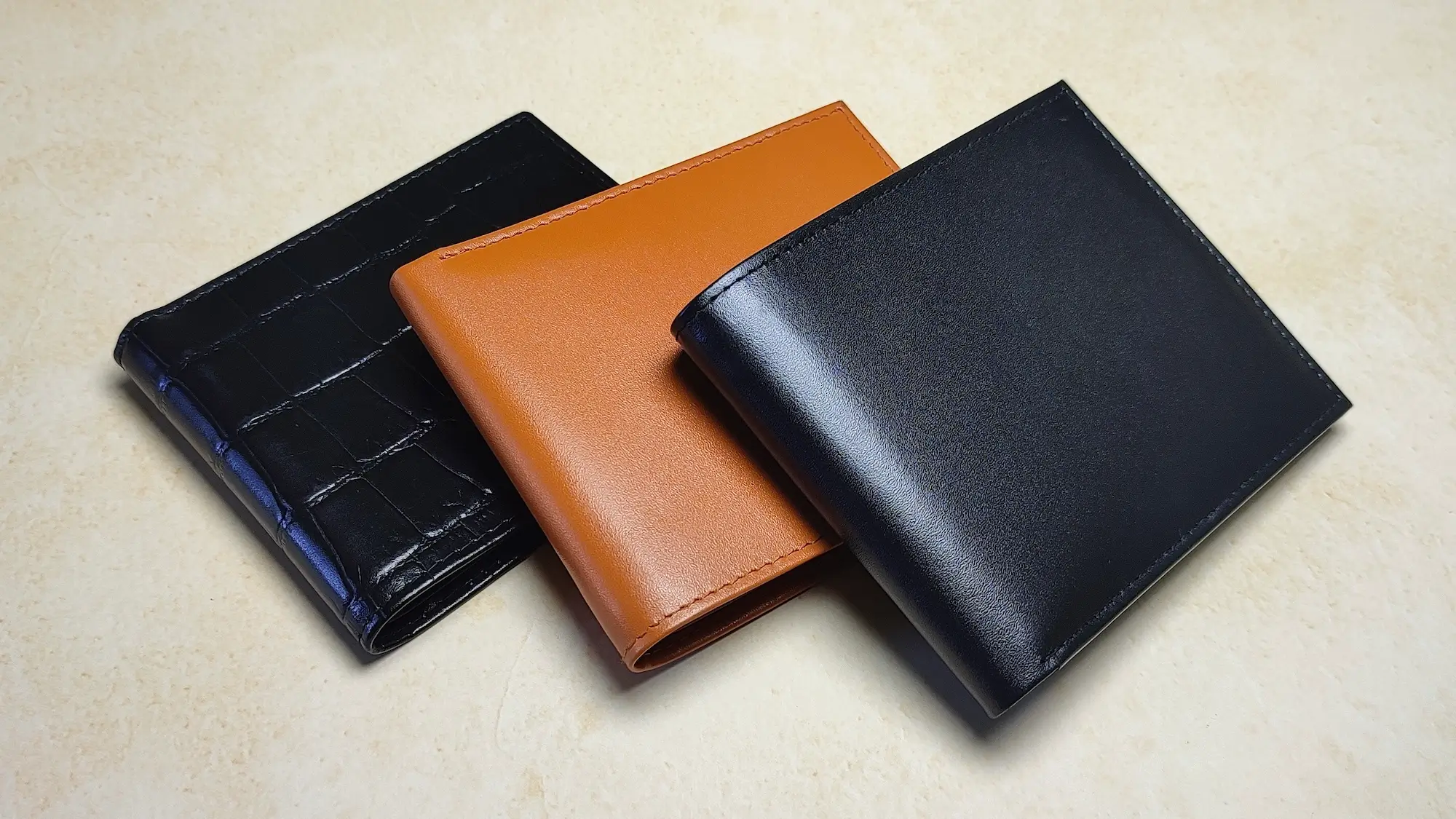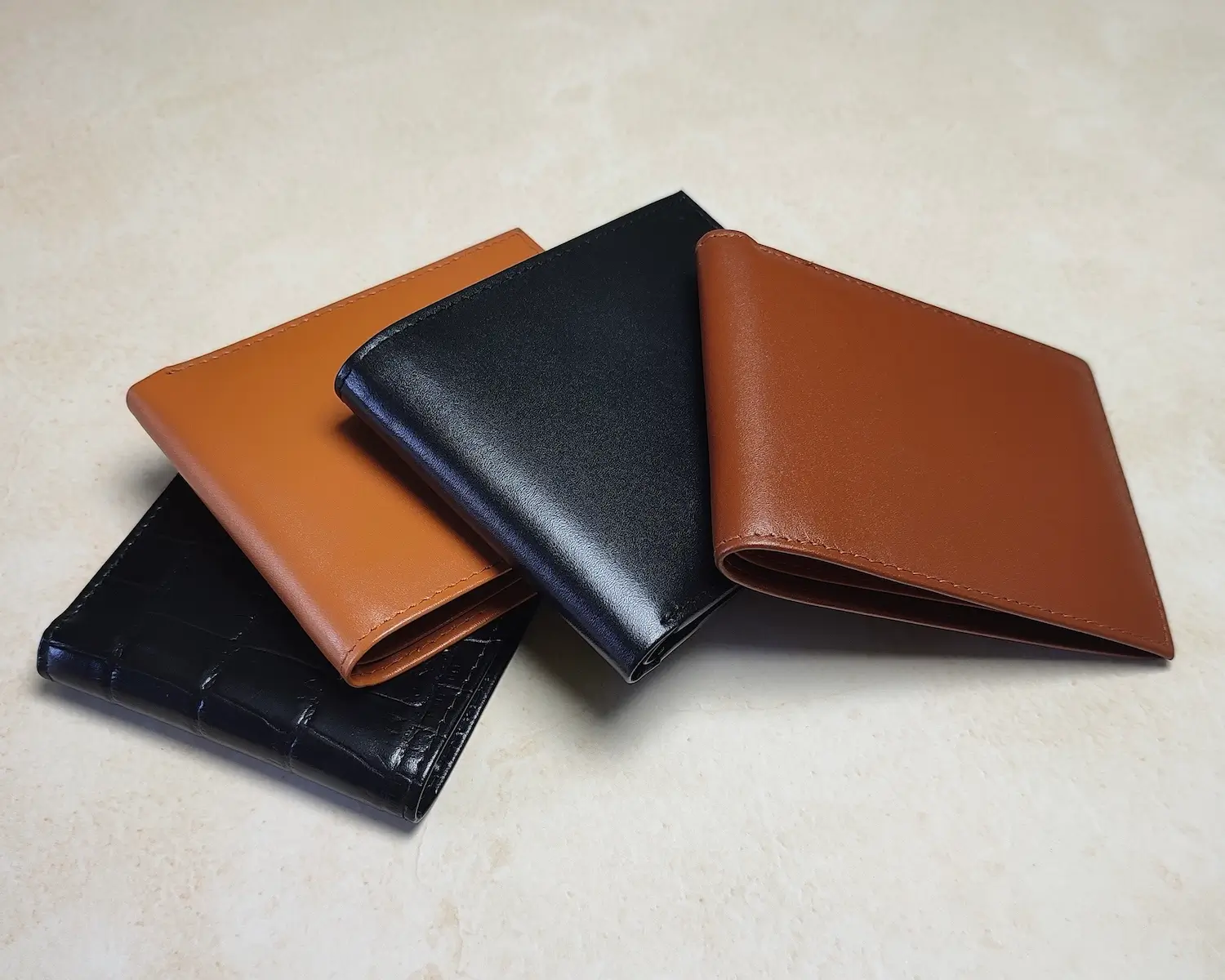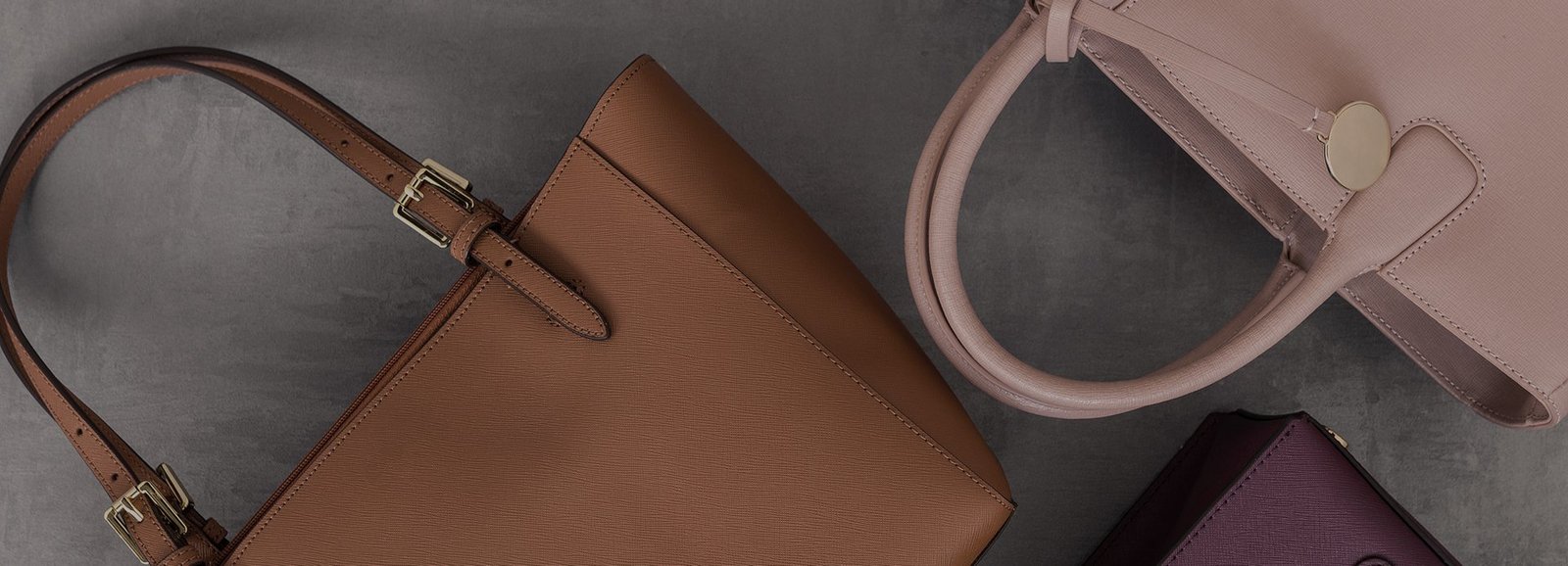Craftsmanship & Heritage
What Is Genuine Leather? Everything You Should Know
Introduction
When shopping for leather goods, you’ve likely come across the term “genuine leather.” While it sounds prestigious, genuine leather is actually a specific grade of leather that falls below full-grain and top-grain in quality. Understanding what genuine leather really is can help you make better purchasing decisions.
In this guide, we’ll explore its characteristics, uses, benefits, and how it compares to other types of leather.
What Is Genuine Leather?
Definition of Genuine Leather
Genuine leather is a type of leather made from the lower layers of an animal hide, left after the top-grain is removed. It is real leather but is considered a mid-to-lower grade because it lacks the durability, texture, and aging potential of premium options like full-grain or top-grain leather.
How It Differs from Other Leather Types
- Full-Grain Leather: Retains the top layer of the hide with all its natural grain, making it stronger and more authentic.
- Top-Grain Leather: Sanded and treated for a polished appearance, maintaining higher durability than genuine leather.
- Bonded Leather: Made from leather scraps and synthetic materials, unlike genuine leather, which comes from a single piece of hide.
Characteristics of Genuine Leather
- Processed Surface: The leather is treated to cover imperfections and create a uniform appearance.
- Moderate Durability: While it is stronger than bonded leather, it is less durable than full-grain or top-grain leather.
- Affordable Price: Genuine leather is often more budget-friendly than premium grades, making it accessible to a wider audience.
How Is Genuine Leather Made?
Sourcing the Hides
Genuine leather is typically made from hides that aren’t suitable for full-grain or top-grain processing due to imperfections or thinness. These hides are often repurposed to reduce waste in leather production.
The Tanning Process
Genuine leather is usually chrome-tanned, a method that uses chromium salts to quickly preserve and soften the hide. Chrome tanning is cost-effective and ideal for mass production.
Finishing Techniques
The defining characteristic of genuine leather is its finished surface. The leather is often embossed, dyed, or coated with synthetic materials to create a polished and uniform appearance. This helps mimic the look of higher-grade leathers while keeping costs low.
Properties of Genuine Leather
Durability
Genuine leather has moderate durability, making it suitable for light to medium use. However, it is prone to peeling, cracking, and fading over time, especially without proper care.
Aesthetic Appeal
The treated surface gives genuine leather a consistent look that can mimic the appearance of more expensive leathers. It’s available in a wide range of colors, textures, and finishes.
Cost-Effectiveness
Genuine leather offers an affordable alternative to full-grain and top-grain leather, providing the look and feel of leather at a fraction of the cost.
Versatility
Genuine leather is used across a wide variety of products, from fashion accessories to furniture, thanks to its flexibility and adaptability.
Uses of Genuine Leather
Fashion Accessories
Genuine leather is widely used in:
- Wallets: Affordable options with a polished appearance.
- Belts: Durable enough for everyday use but less expensive than full-grain leather belts.
- Handbags: Budget-friendly alternatives to luxury leather bags.
Footwear
Casual shoes and boots are often made with genuine leather. While less durable than premium leather, it provides an attractive option for occasional wear.
Furniture and Upholstery
Entry-level furniture, such as sofas and chairs, often features genuine leather. Its uniform finish makes it appealing for contemporary designs.
Decorative and Small Goods
Products like journals, watch straps, and keychains commonly use genuine leather for its affordability and aesthetic appeal.
Benefits of Genuine Leather
Genuine leather is an appealing choice for many consumers due to its affordability and versatility. While it doesn’t match the durability or authenticity of higher-grade leathers, it offers several advantages:
Cost-Effective Alternative
One of the main attractions of genuine leather is its price. It provides a real leather option for those on a budget, making leather products accessible to a wider audience. Whether you’re shopping for wallets, belts, or furniture, genuine leather offers affordability without resorting to synthetic materials.
Variety in Styles and Finishes
Thanks to its processed surface, genuine leather can be finished in numerous styles and textures. It can mimic the appearance of more expensive leathers or feature unique designs, offering flexibility in product design.
Low Maintenance
The treated surface of genuine leather makes it easier to clean and maintain than untreated or minimally processed leathers like full-grain. This makes it a practical option for items like furniture and accessories that require regular use.
Challenges of Genuine Leather
While genuine leather has its benefits, it also comes with some drawbacks that may limit its appeal for certain buyers.
Shorter Lifespan
Genuine leather is less durable than full-grain or top-grain leather and is more prone to peeling, cracking, and fading over time. This makes it less suitable for products that require long-term use or heavy wear.
Less Authentic Feel
Because genuine leather undergoes extensive processing, it lacks the natural grain and texture of higher-grade leathers. Its uniform finish can feel synthetic or artificial to those who value the authenticity of unprocessed leather.
Limited Aging Potential
Unlike full-grain leather, which develops a rich patina over time, genuine leather does not improve with age. Its appearance tends to degrade rather than enhance, reducing its appeal for those seeking timeless leather products.
Caring for Genuine Leather
Proper care can help extend the life of genuine leather and maintain its appearance. Follow these tips to keep your genuine leather products in good condition:
Cleaning Tips
- Wipe Regularly: Use a soft, damp cloth to remove dust and dirt from the surface.
- Avoid Harsh Chemicals: Stick to mild leather cleaners specifically designed for genuine leather.
- Spot Clean Stains: Dab gently with a clean cloth and avoid scrubbing to prevent damage.
Conditioning
- Prevent Dryness: Apply a leather conditioner occasionally to keep the material soft and prevent cracking.
- Use Sparingly: Avoid over-conditioning, as this can oversaturate the leather and lead to discoloration.
Protecting Against Wear and Tear
- Avoid Heavy Use: Limit exposure to rough handling or heavy items that can strain the leather.
- Keep Dry: Protect genuine leather from excessive moisture, which can cause warping or peeling.
- Store Properly: Keep leather items in a cool, dry place away from direct sunlight to prevent fading and drying out.
Genuine Leather vs. Other Leather Types
To better understand where genuine leather fits in the spectrum of leather quality, let’s compare it to other types of leather:
Genuine vs. Full-Grain Leather
- Durability: Full-grain leather is much stronger and more durable. Genuine leather is more prone to wear and tear.
- Texture: Full-grain leather retains the natural grain of the hide, while genuine leather has a processed, uniform surface.
- Cost: Genuine leather is significantly more affordable, making it a budget-friendly option.
Genuine vs. Top-Grain Leather
- Appearance: Top-grain leather has a smoother and more refined finish, while genuine leather mimics higher-quality finishes with embossing.
- Durability: Top-grain leather is more robust and better suited for long-term use.
- Applications: Genuine leather is often used for affordable accessories, while top-grain is found in higher-end products.
Genuine vs. Bonded Leather
- Composition: Genuine leather is made from a single piece of hide, while bonded leather is a blend of leather scraps and synthetic materials.
- Durability: Genuine leather outlasts bonded leather but still falls short of full-grain and top-grain.
- Cost: Both are budget-friendly, but genuine leather is generally seen as a step above bonded leather in terms of quality.
Conclusion
Genuine leather is an affordable and versatile material that bridges the gap between premium leathers and synthetic alternatives. While it doesn’t match the durability or authenticity of full-grain or top-grain leather, it offers an attractive option for budget-conscious buyers looking for the look and feel of real leather.
By understanding its characteristics and limitations, you can make informed decisions when choosing products made from genuine leather. Whether it’s a wallet, belt, or piece of furniture, genuine leather provides an accessible entry point into the world of leather goods.
FAQs About Genuine Leather
-
What does “genuine leather” really mean?
Genuine leather refers to a mid-to-lower grade of leather made from the lower layers of the hide. It is real leather but less durable and authentic than higher grades like full-grain or top-grain leather. -
How can I identify genuine leather?
Genuine leather often has a smooth, uniform finish and lacks the natural grain of premium leather. It may feel thinner or more processed compared to full-grain or top-grain leather. -
Is genuine leather worth buying?
Genuine leather is worth buying if you’re looking for an affordable option that offers the look and feel of real leather. However, it may not be the best choice for long-term durability or high-end applications. -
How does genuine leather compare to full-grain or top-grain leather?
Genuine leather is less durable, lacks natural grain, and does not age as well as full-grain or top-grain leather. It is more affordable but less luxurious in terms of quality and feel. -
Can genuine leather be eco-friendly?
While genuine leather can be sourced responsibly, it is often chrome-tanned, which is less eco-friendly than vegetable tanning. Look for brands that prioritize sustainable practices if environmental impact is a concern.
FAQ : Frequently Asked Questions
What Is Genuine Leather? Everything You Should Know
Answer:
Genuine leather refers to a mid-to-lower grade of leather made from the lower layers of the hide. It is real leather but less durable and authentic than higher grades like full-grain or top-grain leather.
Answer:
Genuine leather often has a smooth, uniform finish and lacks the natural grain of premium leather. It may feel thinner or more processed compared to full-grain or top-grain leather.
Answer:
Genuine leather is worth buying if you’re looking for an affordable option that offers the look and feel of real leather. However, it may not be the best choice for long-term durability or high-end applications.
Answer:
Genuine leather is less durable, lacks natural grain, and does not age as well as full-grain or top-grain leather. It is more affordable but less luxurious in terms of quality and feel.
Answer:
While genuine leather can be sourced responsibly, it is often chrome-tanned, which is less eco-friendly than vegetable tanning. Look for brands that prioritize sustainable practices if environmental impact is a concern.



